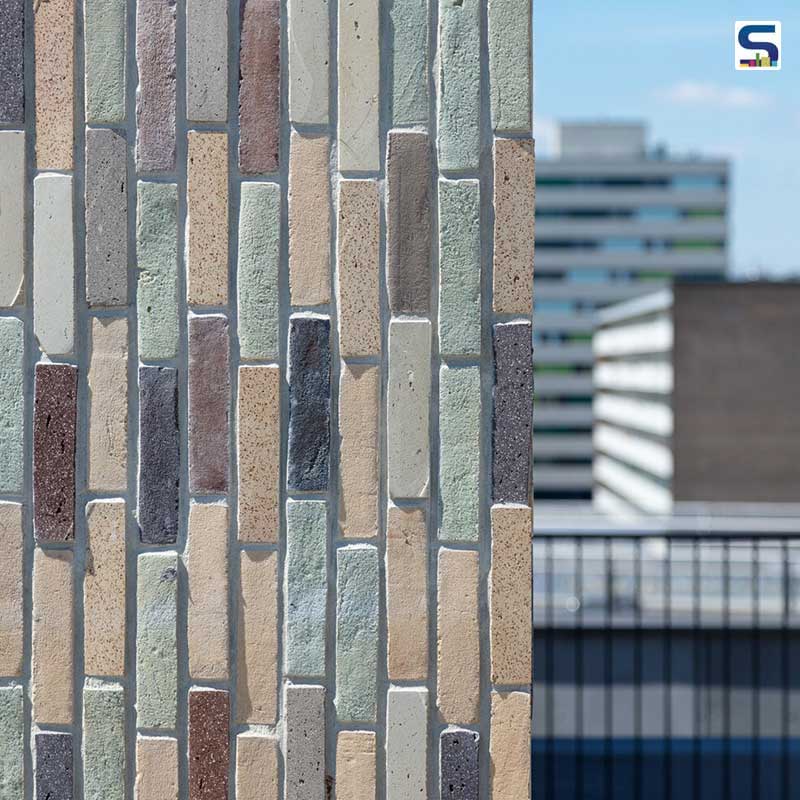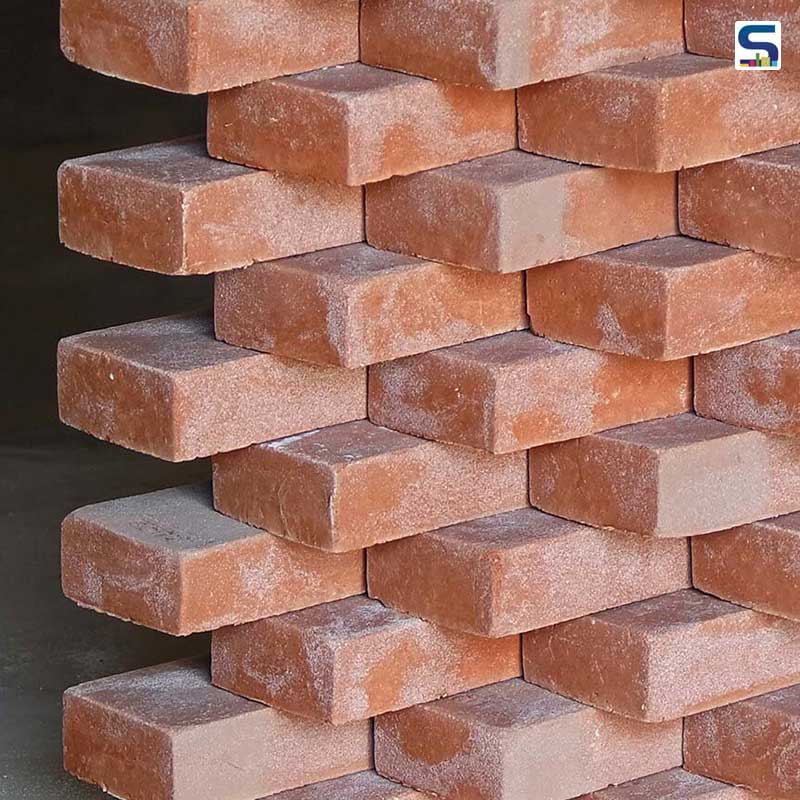
With the aim of developing high-end sustainable materials and decrease the world waste streams, StoneCycling has designed a brick to reduce the environmental footprint. Tom van Soest and Ward Massa together formed StoneCycling to launch WasteBasedBrick – an alternative to traditional bricks with new production methods.

When the economic crisis hit its peak, Tom observed that companies went bankrupt, while buildings became empty and were demolished on a large scale. He wondered what would happen to all the waste. The answer to his question was: it is often down-cycled into backfill under roads or the foundations for buildings. Most of the infrastructure in The Netherlands is in place, which means it is not usable. This debris is either transported to other countries or dumped up in landfill sites.
Debris from construction and demolition sites is one of the biggest waste streams in the world. Europe accounts for approximately 30 per cent of waste, while countries like the United States and China produce even more. The bricks meet industry standards and can be used for both interiors and exteriors. Ideal for facades, wall cladding and flooring of high-end, sustainable architectural projects, WasteBasedBricks are made of secondary waste materials and can be fired up at a lower temperature compared to many bricks used now and have a very strong focus on aesthetics.

Mineral-based waste is mainly used, which is later put through a ceramic process. Initially the firm sourced demolition waste but now is slowly moving toward industrial waste which is purer and available in large quantities with little change in quality. The bricks are 100 per cent recyclable.
Additionally, StoneCycling is also using waste from the ceramic, glass and insulation industries within a 150 km radius from its production partner. The firm is also working together with real estate developers, demolition companies and builders to motivate more selective demolishing.
Image credits: StoneCycling